Premium Only Content
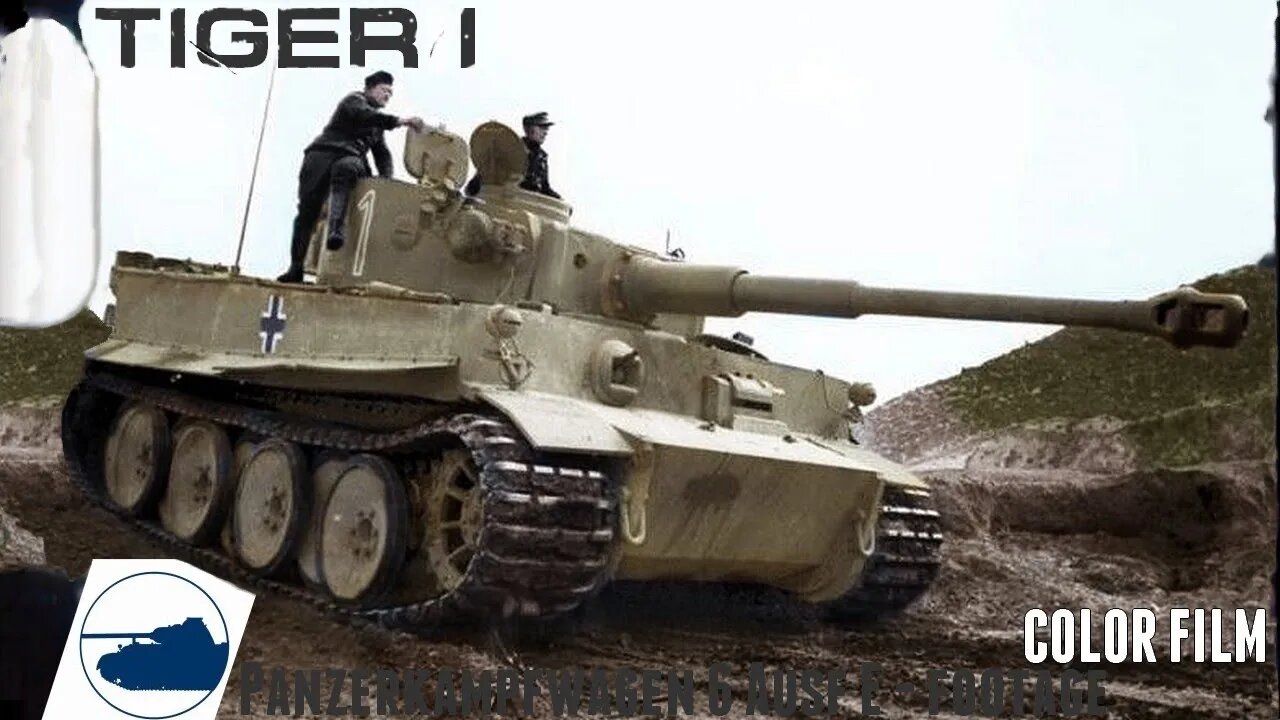
WW2 color footage Tiger I Ausf. E. Panzerkampfwagen 6.
Footage is all AI colorized by computers and actual color footage was extremely rare in 1940-45.
The Tiger I was a German heavy tank developed in 1937 by Henschel & Sohn when the Waffenamt requested Henschel to develop a Durchbruchwagen, this would result into the Durchbruchwagen I
which would never be fitted with a turret and was replaced by the Durchbruchwagen II after the request for a heavier 30-tonne class vehicle with thicker armour.
The project was dropped in 1938 in favor of the larger and better-armoured VK 30.01 (H) and VK 36.01 (H), these vehicles would use the complex over-engineered Schachtellaufwerk track suspension system of torsion bar-sprung, overlapped and interleaved main road wheels, which would later become problematic when jamming solid in the winter.
Four prototype hulls were completed for testing. Two of these were later modified to build the "Sturer Emil" self-propelled anti-tank guns.
In 1941 with the experience of the Battle of France, Henschel and Ferdinand Porsche were asked to submit designs for a 45-tonne heavy tank, to be ready by June 1942. Porsche worked on an updated version of their VK 30.01 (P) Leopard tank prototype while Henschel worked on an improved VK 36.01 (H) tank. Henschel built two prototypes: a VK 45.01 (H) H1 with an 8.8 cm L/56 cannon, and a VK 45.01 (H) H2 with a 7.5 cm L/70 cannon.
Porsche and Henschel submitted prototype designs, each making use of the Krupp-designed turret. The Henschel design was accepted, mainly because the Porsche VK 4501 (P) prototype design used a troubled petrol-electric transmission system.
Production of the Panzerkampfwagen VI Ausf. H began in August 1942.
The tank was given its nickname "Tiger" by Ferdinand Porsche, and the Roman numeral was added after the Tiger II entered production.
The initial designation was Panzerkampfwagen VI Ausführung H was re-designated as PzKpfw VI Ausf. E in March 1943.
The Tiger was still at the prototype stage when it was first hurried into service, and therefore changes both large and small were made throughout the production run. A redesigned turret with a lower cupola was the most significant change. To cut costs, the river-fording submersion capability and an external air-filtration system were dropped.
It would first see action near Leningrad on 23 Sep. 1942 months earlier than had been planned. A platoon of 4 Tigers went into action, they could not operate in swampy, forested terrain, their movement was largely confined to roads and tracks, also many of these early models were plagued by problems with the transmission and many broke down, the Soviets also captured one Tiger largely intact, it enabled the Soviets to study the design and prepare countermeasures.
In the North African Campaign, the Tiger I first saw action during the Tunisian Campaign on 1 December 1942 east of Tebourba. The tanks proved that they had excellent protection from enemy fire, this greatly increased the crews trust in the quality of the armour, the crews also found the tank to be spacious and comfortable.
The Tiger proved to have great armament and was a outstanding design for its time, its armour which was resistant to tank and anti-tank guns of the time. and the 88 could knock out enemy Sherman tanks at 2,100 m and the T-34 at 1500 m, but with Allied tanks becoming more up-armored and upgraded and having better guns like the M3 90 mm cannon used on the M36 tank destroyer, made the Tiger vastly obsolete in the end.
The Tiger was also over-engineered using expensive materials and labor-intensive production methods, it was prone track failures and breakdowns and was limited in range by its high fuel consumption. It was also hard to transport and was often too heavy for small bridges which had 35 ton weight limits.
Still it was superior to its early contemporaries, and despite the low number produced, shortages in qualified crew and the considerable fuel requirement, it had a large impact in the war with Tigers destroying at least 10,300 enemy tanks, and 11,380 AT guns and artillery pieces in WW2. This was achieved for the loss of 1,725 Tigers.
Join this channel to get access to perks:
https://www.youtube.com/channel/UCjejQojHTTggkEi_6d15Svg/join
■ So want to help keep me and the channel going?
Please consider buying a cup of coffee!
https://www.buymeacoffee.com/panzerpi...
supporting me on Patreon and Buymeacoffee will get you access to extra content for three channels in total.
■ Support me on my Patreon https://www.patreon.com/Panzerpicture
■ Or buy me a Coffee on https://www.buymeacoffee.com/panzerpicture
■ Store: https://panzerpicture-2.creator-spring.com/
■ Music used:
EpidemicSound.com
Copyright fair use notice
All media used in
this video is used for
the purpose of education
under the terms of
fair use.
All footage and images
used belong to their
copyright holders.
-
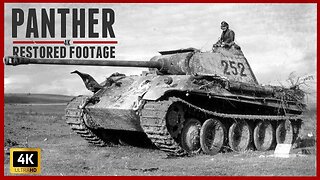 11:57
11:57
PANZER Insight
4 months agoIntense 4K WW2 Panther Restored Footage.
2262 -
 21:24
21:24
marcushouse
9 hours ago $0.06 earnedStarship Flight 10: Go or No? 🚀
8.66K8 -
 LIVE
LIVE
MrR4ger
14 hours agoSUNDAY FUNDAY w/ R4GER - VARIETY / DIABLO 4/ FOR HONOR / ETC?
101 watching -
 5:40
5:40
WhaddoYouMeme
3 days ago $0.16 earnedThey’re Calling This the End of Masculinity
11.4K13 -
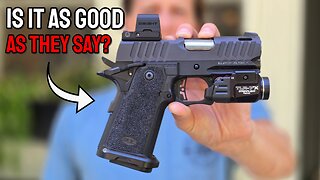 15:24
15:24
Tactical Advisor
18 hours agoBest 2011 of 2025 | Bul Armory Ultralight Pro
13.7K -
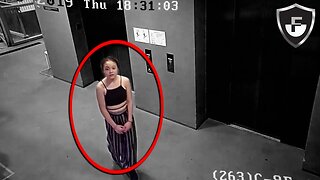 27:31
27:31
True Crime | Unsolved Cases | Mysterious Stories
2 days ago $0.09 earnedThe Hong Kong Schoolgirl Mystery – 5 Mysterious Unsolved Cases (Part 8)
11.8K2 -
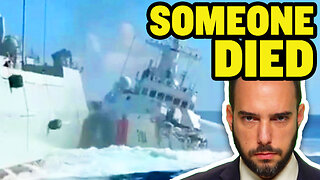 7:19
7:19
China Uncensored
1 day agoChina is DONE in the South China Sea
10.8K26 -
 LIVE
LIVE
Joe Donuts Live
5 hours ago🟢 Loot Rats Unleashed: Arena Breakout Chaos! | Joe + Tony + Vlad
239 watching -
 30:37
30:37
Degenerate Plays
16 hours ago $0.01 earnedThis College Is Out Of Control - GTA Online : Part 9
7.19K -
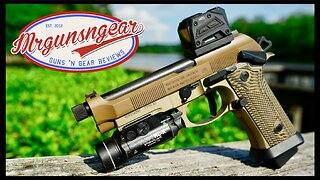 16:28
16:28
Mrgunsngear
3 days ago $0.49 earnedBeretta 92XI SAO Sabbia Review - A Few Surprises
9.36K6